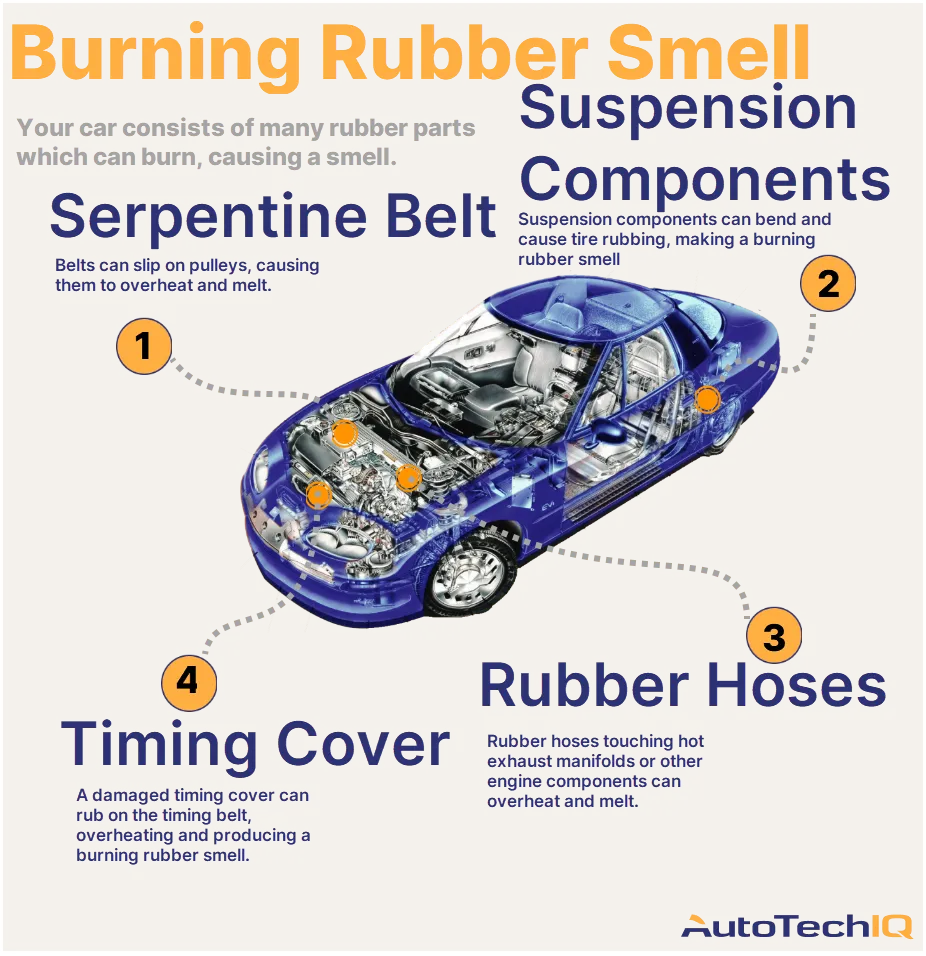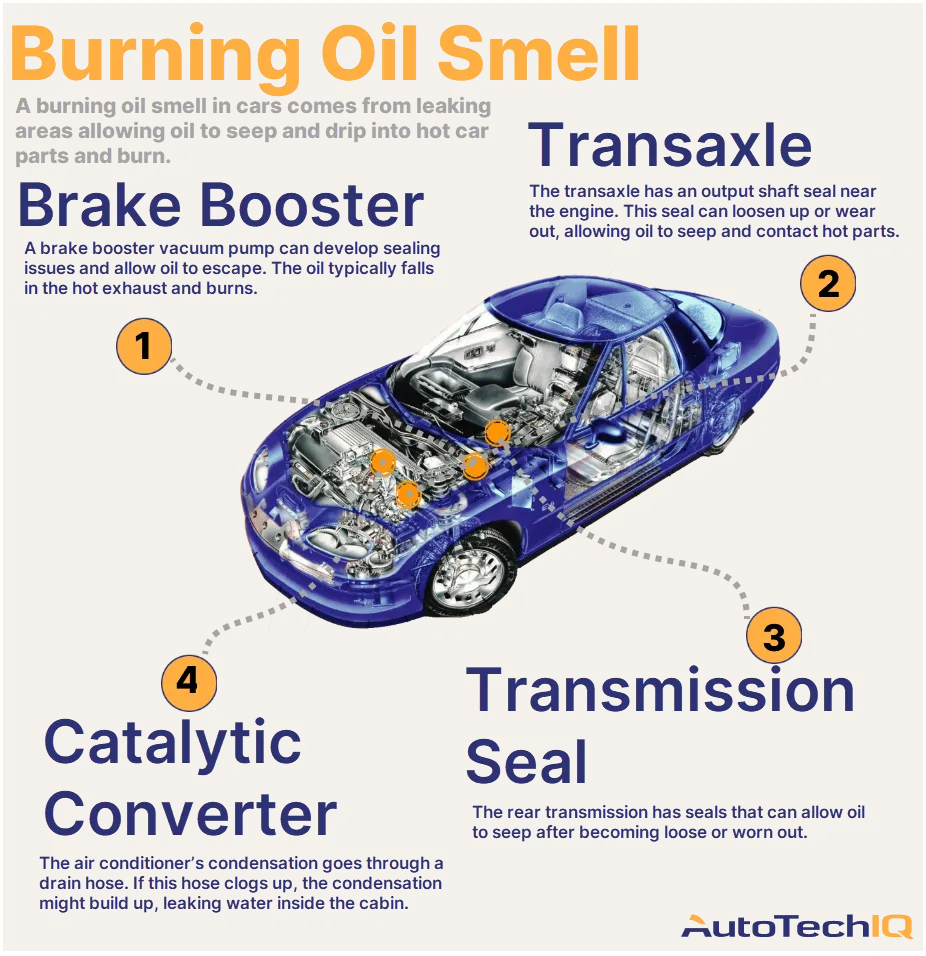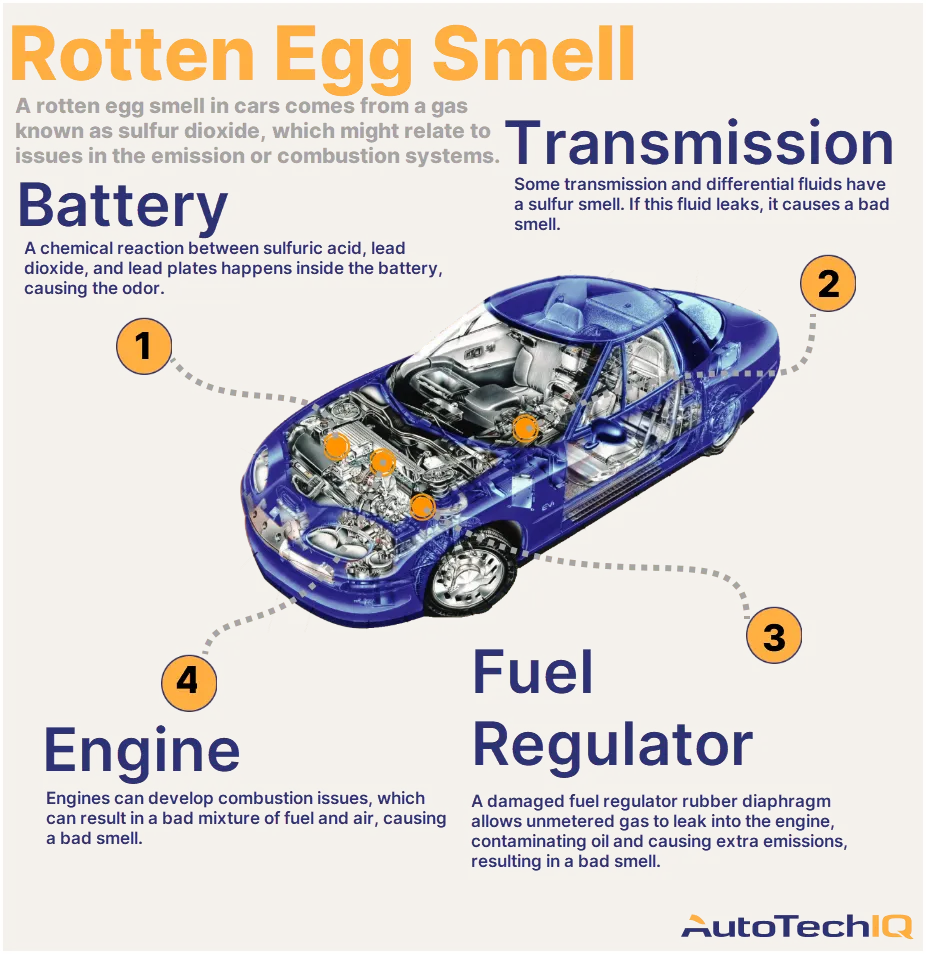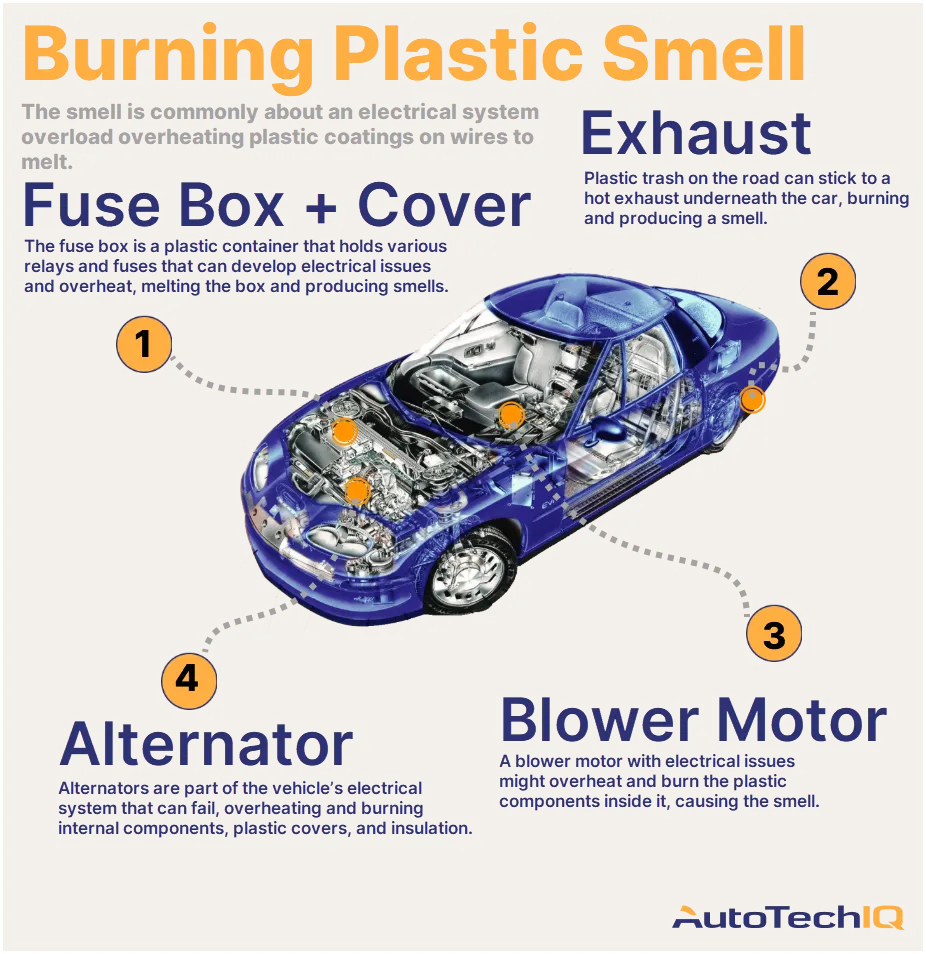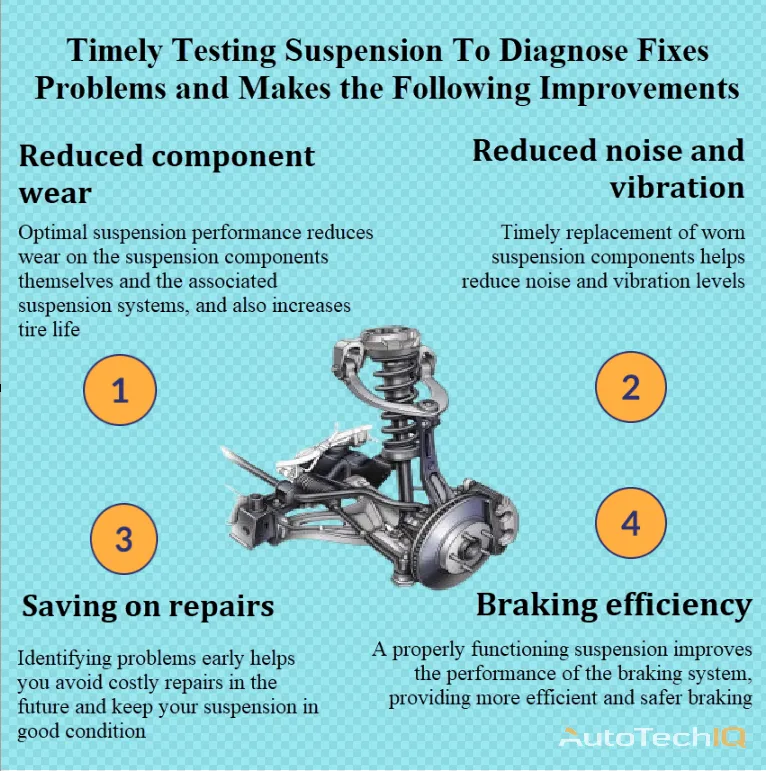
Timely Testing of Suspension To Diagnose allows you to identify and eliminate a number of problems that may affect the safety, comfort and durability of the vehicle. Here are the main problems that timely suspension testing solves:
- Improving vehicle handling and stability: Faults in the suspension lead to deterioration in vehicle handling and stability, and the risk of accidents increases. Testing helps identify worn or damaged components such as shock absorbers, springs and anti-roll bars.
- Improved ride comfort: Suspension plays a key role in providing a smooth ride. Suspension problems can result in a harsh and uncomfortable ride. Timely identification and elimination of problems ensures a more comfortable driving experience.
- Prevent Uneven Tire Wear: Suspension problems such as poor wheel alignment or worn suspension components cause uneven tire wear. This not only shortens the life of the tires, but also reduces traction and safety.
- Savings on Repairs and Maintenance: Identifying and correcting suspension problems early can prevent more serious and expensive repairs in the future. Regular testing allows you to keep your suspension in good condition and avoid unexpected breakdowns.
- Improved road safety: Suspension plays an important role in driving safety. Faults in the suspension will lead to poor braking distance and handling, which increases the risk of accidents. Timely testing and repair of the suspension helps maintain a high level of vehicle safety.
Timely suspension testing is an important part of regular vehicle maintenance, which helps ensure its reliability, safety and driving comfort.


